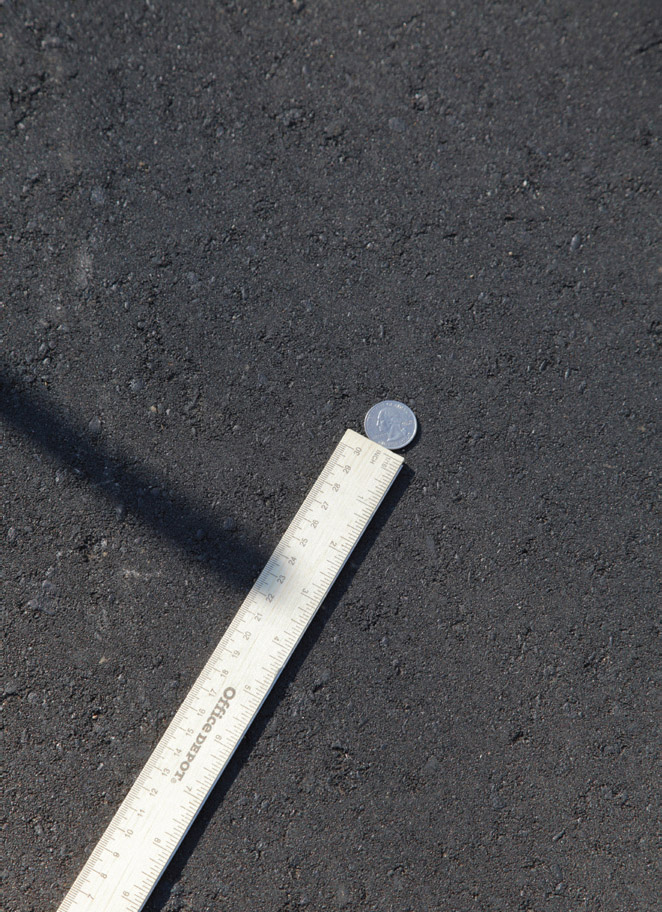It’s a safe bet that most of us have worked in terra incognita, some location unfamiliar to us, where we needed to understand how the sun would track across the sky and where it would set. The location could be something as exotic as a destination wedding or as simple as a senior portrait in a nearby town.
I’d been hired to shoot a senior portrait session in a city I wasn’t at all familiar with. Part of the shoot was to be outdoors, and I needed to know where the sun would be. Gauging the travel arc of the sun when you’re in a strange location is tough just by eyeballing it. Here’s an easy way to determine that arc, and it takes just a few minutes.
First, find a stationary object that’s throwing a shadow on an unmoving surface. Place a coin or small rock, or make a small mark with a pencil or piece of chalk, on the outside point of the shadow. Make sure there are no other shadows that might encroach on the mark to hide it.
Wait 15 to 20 minutes. At the end of that time (and that time’s not critical—you only need enough time for the sun’s shadow to move), take another look at the mark. The shadow will have moved a bit in the interim. Take any straight object like a pencil or ruler and place it across the first marker to where the shadow is now. The straight object will point to where the sun will set, exactly, and you’ll know how the sun will track across the sky.

Mark the tip of the shadow from any sharp, stationary object.

After several minutes, lay a straight object across the two points to see where the sun will set.

Once I knew how the sun would move, it was easy to guesstimate not only when to do the outdoor portion of the shoot but also where to do it.